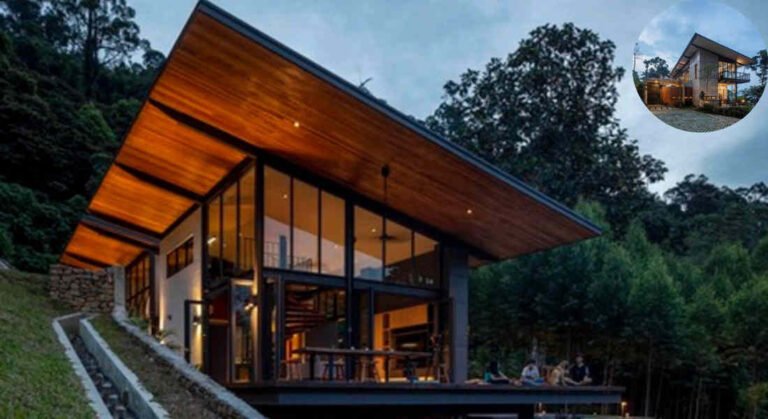The world of architecture is a fascinating one, evolving over time and reflecting the changes in our lifestyle and culture. From the rustic charm of traditional homes to the sleek lines of modern designs, house styles reveal a great deal about who we are and how we live.
Understanding these trends not only helps us appreciate the beauty of architecture but also the innovation and sustainability that underpin it.
Understanding Architectural Trends: Why They Matter
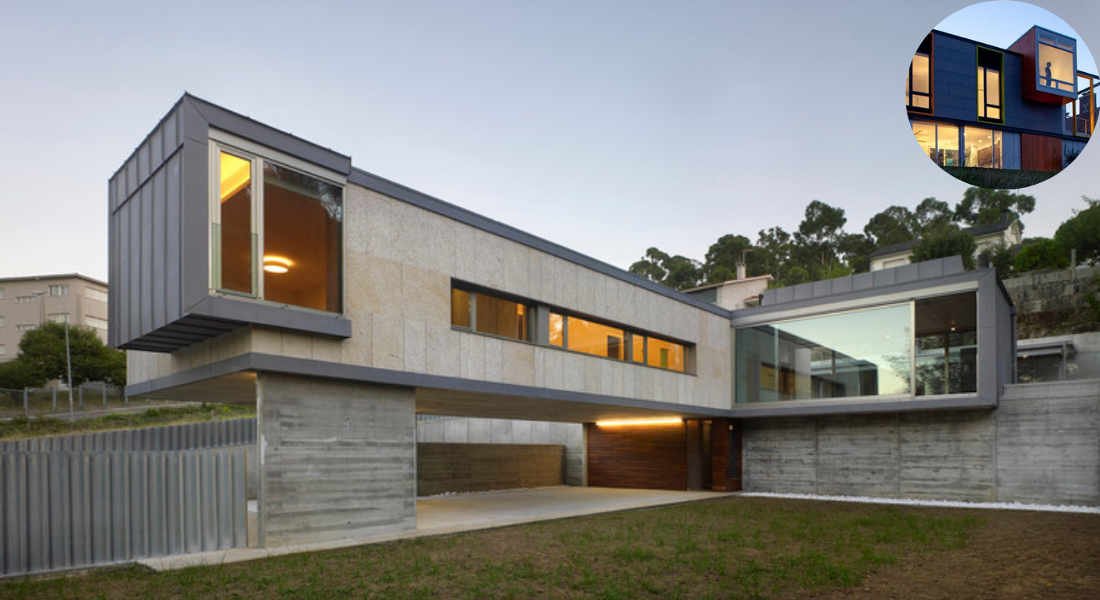
Defining Architectural Trends
Architectural trends can be defined as the prevailing styles and designs that characterize a particular period. They are influenced by various factors, including technology, environmental concerns, and social changes.
For instance, the rise of urbanization in the 20th century led to the development of high-rise buildings and compact living spaces. Understanding these trends is crucial as they reflect our shifting lifestyles and values.
Reflection of Changes
Trends in architecture often mirror the technological advancements and cultural shifts of their time. For example, the introduction of smart home technology has transformed how we interact with our living spaces, making them more efficient and comfortable.
Role of Innovation and Sustainability
In recent years, there has been a marked emphasis on sustainability. This concern has led architects to innovate and create designs that not only look good but also minimize their environmental impact. The integration of green materials and energy-efficient systems is now a hallmark of contemporary house styles.
What Was the Hot House Architecture in 2010?
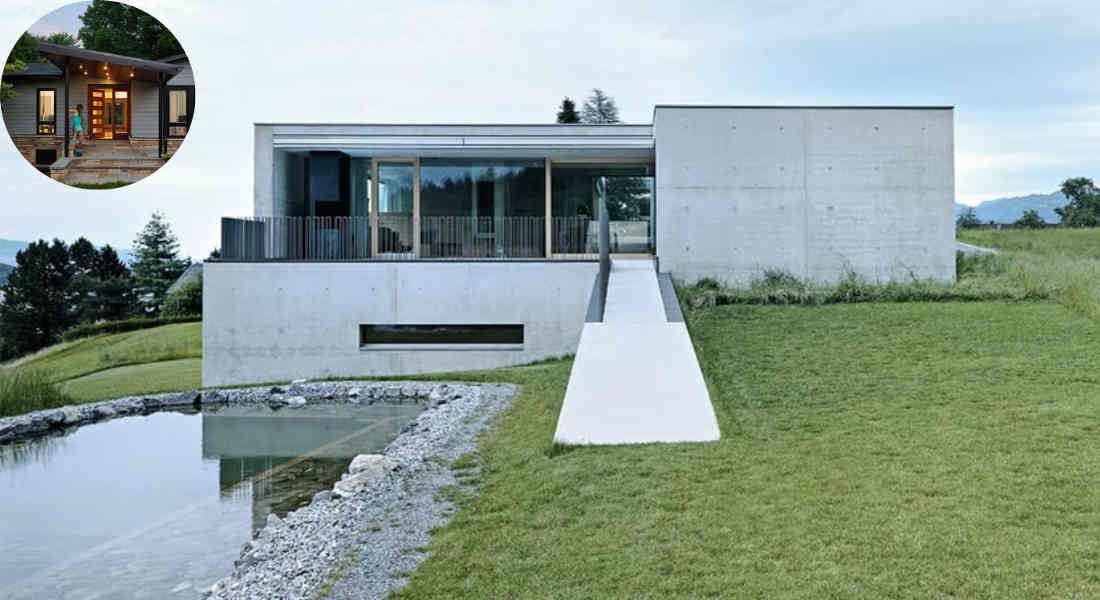
Defining “Hot Home Architecture”
In 2010, the architectural landscape was dominated by trends that emphasized functionality and style. The term “Hot Home Architecture” refers to the leading design trends that defined the year. Key features included:
- Open floor plans that fostered a sense of connectivity.
- Large windows that invited natural light indoors.
- Integration of smart home technology for enhanced comfort and efficiency.
- Use of eco-friendly materials and energy-efficient systems.
- Multifunctional spaces that catered to modern lifestyles.
You may also read (what defines residential house architecture today).
Key Features and Characteristics
The essence of 2010’s hot architecture lay in its ability to balance aesthetics with functionality. Homes constructed during this period often featured:
- Expansive living areas designed for social interaction.
- Sustainable practices such as green roofs and solar panels.
- Indoor-outdoor living spaces that blurred the lines between the home and its environment.
Examples of Iconic 2010 Designs
Several designs from 2010 exemplify these architectural trends:
- The 3D cube house with clean lines and expansive glass, showcasing a minimalist aesthetic.
- Eco-friendly homes featuring green roofs and solar panels emphasizing sustainability.
- Indoor-outdoor living spaces are equipped with decks and porches designed for a seamless transition between indoor and outdoor areas.
Advantages and Challenges
While the architectural styles from 2010 offered numerous advantages, such as energy efficiency and aesthetic appeal, they also posed challenges. For instance, the emphasis on large windows and open spaces meant that privacy became a concern for many homeowners.
Top Famous House Styles Around the World
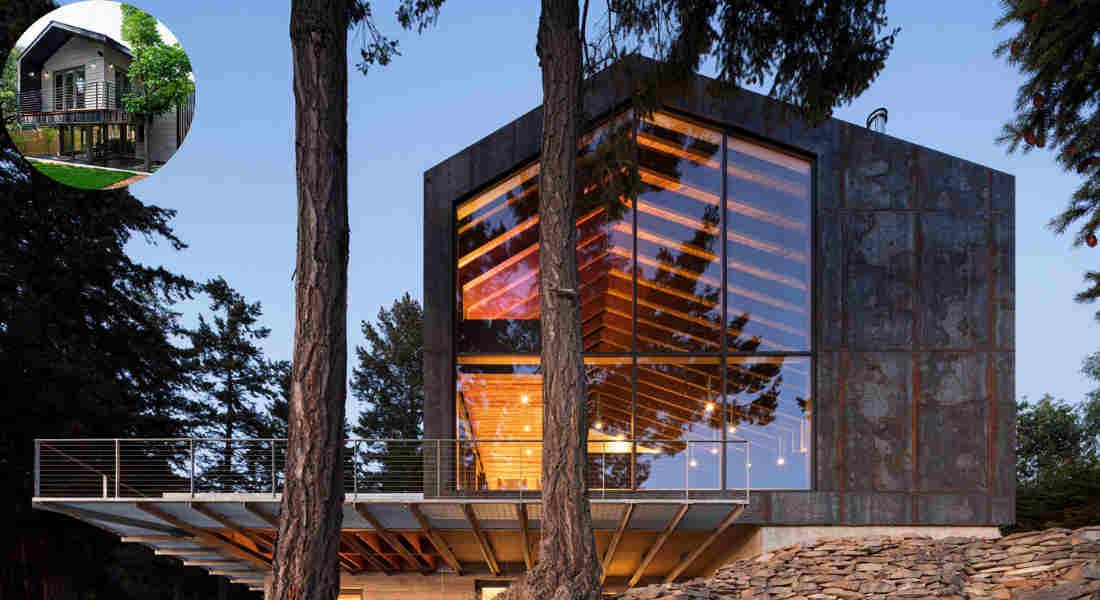
Overview of Globally Recognized House Styles
The world is rich with diverse house styles, each with unique features and historical significance. Here are some of the most famous house styles:
Mid-century Modern
This style, experiencing a resurgence in the 2010s, is characterized by clean lines, organic shapes, and a connection to the natural world.
Contemporary Minimalism
Contemporary homes often prioritize simplicity, focusing on functionality and efficient use of space without unnecessary ornamentation.
Traditional Craftsman
Known for its handcrafted details, this style emphasizes natural materials and simplicity, celebrating the art of craftsmanship.
Mediterranean Revival
This style draws inspiration from the Mediterranean region, featuring stucco exteriors, tiled roofs, and arched doorways.
Colonial and Victorian Influences
These styles showcase historical architecture, often characterized by ornate details, symmetry, and grand proportions.
Influence of 2010’s Trends
The trends of 2010 had a profound effect on these traditional styles. For example, many modern homes incorporated open floor plans and sustainable practices, bridging the gap between old and new.
The Influence of 2010 Architectural Trends on Interior Design
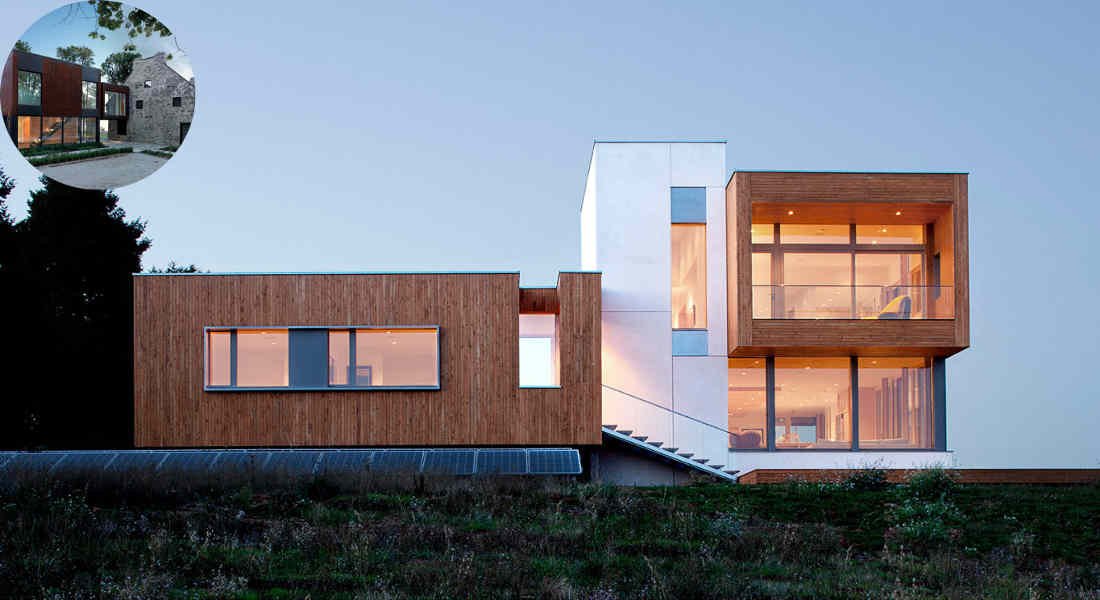
Popular Interior Design Elements in 2010
Interior design in 2010 mirrored the architectural trends of the time. Notable elements included:
- All-white kitchens that emphasized cleanliness and simplicity.
- Accent walls added a pop of color to otherwise minimalist spaces.
- Mid-century modern furniture is making a comeback, adding character and style to any space.
Complementing Architectural Styles
These interior design trends complemented the architectural style of 2010 by creating spaces that were both functional and inviting. The emphasis on natural light and open spaces facilitated social interaction, making homes feel more connected.
You may also read (a guide to arcades in ottonian home design).
Rise of Multifunctional Rooms
With the rise of remote work and lifestyle changes, the demand for multifunctional rooms has increased. Home offices, guest rooms, and play areas began to coexist in harmony, reflecting the adaptability of modern living.
Notable Architectural Projects and Houses from 2010
Landmark Houses Exemplifying 2010’s Architecture
Several architectural projects from 2010 stand out for their innovation and design. Here are a few notable examples:
- Cliff House by MacKay Lyons Sweetapple: This minimalist, cantilevered design seamlessly blends with its natural surroundings, showcasing stunning views.
- House NA by Sou Fujimoto: An ultra-minimal and voyeuristic urban design that pushes the boundaries of conventional architecture.
- Other innovative projects that emphasize sustainability and modern aesthetics demonstrate what was possible in 2010.
Memorable and Influential Designs
These houses are memorable not only for their aesthetic appeal but also for their influence on the architectural narrative of the decade. They challenged traditional notions of home design and paved the way for future innovations.
Sustainability and Technology: The Twin Pillars of 2010’s Hot House Architecture
Mainstreaming Green Building Materials
By 2010, the use of green building materials and energy-efficient systems became mainstream. Homeowners began to prioritize sustainability in their designs, resulting in a surge in eco-friendly homes.
Smart Home Technology Integration
The integration of smart home technology has revolutionized the way we live. Benefits included enhanced security, energy efficiency, and convenience. Examples of these technologies include smart thermostats, lighting systems, and home automation features.
The practicality of 2010 Designs
These elements contributed to the popularity of 2010 designs, as they offered practical solutions for homeowners looking to reduce their environmental footprint while enjoying modern conveniences.
Future Implications
The trends established in 2010 continue to influence house styles today, with an increasing focus on sustainability and technology in architectural design.
How to Incorporate 2010’s Hot House Architecture Elements in Today’s Homes
Practical Tips for Homeowners and Builders
If you’re looking to incorporate elements from 2010’s hot architecture into your home, consider the following tips:
- Embrace open floor plans: Create spaces that encourage social interaction and connectivity.
- Utilize sustainable materials: Select eco-friendly building products and energy-efficient systems to minimize environmental impact.
- Integrate innovative technology: Enhance your home with smart devices for improved comfort and security.
- Create multifunctional spaces: Design areas that can serve multiple purposes, reflecting modern lifestyle needs.
- Blend indoor and outdoor living: Incorporate decks and patios to foster a seamless transition between indoor and outdoor spaces.
Examples of Modern Renovations
Many homeowners have successfully embraced these trends in their renovations, showcasing how 2010’s innovative designs can breathe new life into older homes.
You may also read (a guide to understanding business house architectures impact).
